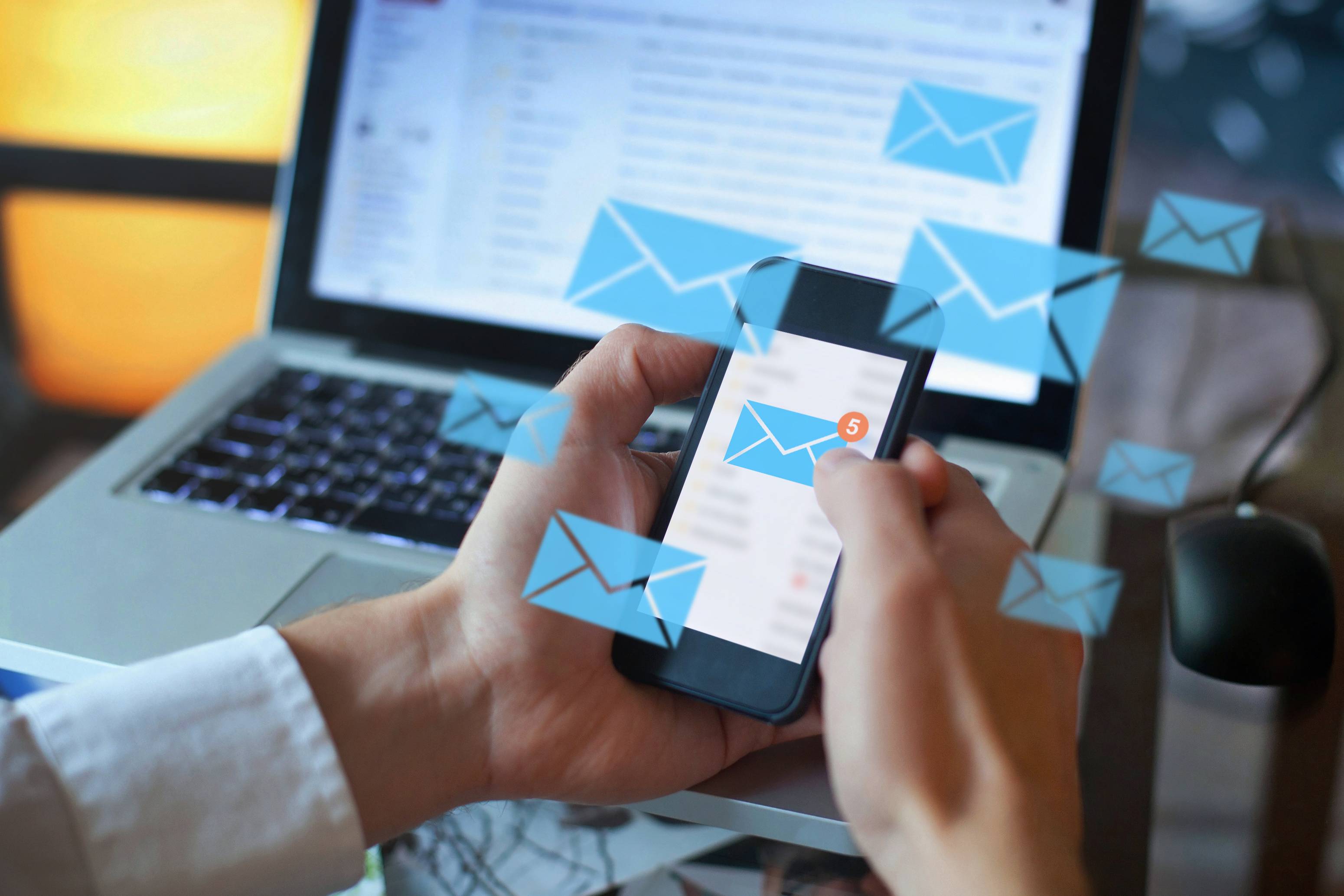
The neuroscenario of the sale: «no pain no gain» vs. «no claim no sale»
Comercial y Ventas | Artículo-
Visitas1588
- Febrero 2020
- Fecha de publicación
- Febrero 2020
- Comercial y Ventas
- Artículo

Profesor y Director del Programa Superior en Dirección de Ventas de ESIC y Socio-Director de TDSYSTEM.
"It's not about having the right opportunities. It's about handling the opportunities correctly," Mark Hunter
"Give it your all" is one of the expressions that accompany the salesman in his day-to-day life. In some cases it may be hyperbole, although in many others it will be part of the daily commercial effort.
But now I don't want to question the effort that a salesman makes and which, from my own experience, I know is a lot. What I want now is for us to ask ourselves whether we salespeople are directing our efforts well or whether they are just another product of our own hyperactivity.
To check this, I would like us to think about the commercial process, especially that part which constitutes the meeting with the client, and to think about those of us who intervene in this improvised scenario in which the sale has to take place.
Will you join me in this reflection? If so, to begin with I would suggest that you identify those of us who participate in the performance of the play-sale. Are you with me? Well, you will agree with me that there are three main ones; we will not consider the secondary ones for this reflection.
Now, if it's all right with you, I'll propose a sequence of analyses for that:
1. We'll start with the client:
This participant is vital for the sale to take place, since without his pain (state of need) the sale process would not be set in motion. You will see that here it is not necessary to dedicate much effort so that they communicate their objective need to us (e.g.: "I need 15 meters of wood to make a wardrobe"). It is possible that they will tell us without asking. What I do want is for us to ask ourselves if we make the effort to ask questions like: what do you want it for (purpose), how do you want to receive it (desires), what do you want to avoid (fears), how long do you expect it to last (expectations). Without the answers to these questions, we will hardly have the necessary information to make a good proposal to the client. That is to say, without a diagnosis of his need, it is difficult to make a sound proposal to the client.
2. We will continue with our proposal (product-services):
But let's not start by talking to the client about all its features. Don't repeat what you've probably been told by your competitors' salespeople with similar proposals to yours. Please concentrate on the differences (claims) of your proposal.
- Talk about the different functional features it incorporates: what else it does or what it does differently from other options in the market. Use these differences as long as you have them, but be aware that the competition will soon copy them.
- Emphasize those different emotional features of your proposal that are not easy to produce and therefore not easy to copy. I am referring to those positive associations the client makes with the brand of your proposal, the treatment they receive from you, the specialization they can attribute to you or the company image you have in the market.
- But not only that; Think also that the customer appreciates the comfort they feel because of how accessible you are, the ease of use of what you sell them and, in his case, the easy disassociation of their commitment to you.
- Although not everything ends there; the customer also appreciates the security that you can transmit to them about the reliability of the operation of your proposal, your capacity to react if something does not work, the guarantee of compensation for the disruption caused in the event of non-operation and, why not, the security that, if they are not satisfied with what we have sold them, they can return it with no other explanation or justification than the fact of returning it.
As you can see, the areas in which our proposal may be “different'” are broad. However, we must remember that explaining to the client all the characteristics of our proposal will imply a high level of redundancy with those of the competition. We have to focus on our differences. They are the ones that will draw their attention and make them prefer our proposal to the competition's.
3. Finally, we have to translate the differences into gains for the client:
As you can imagine, the difference alone doesn't sell, at least not in most cases. But it does sell when it provides the customer with a differential value that other proposals do not provide. And this is where that fine part of good marketing comes in, which involves taking each of our differences and translating them into profit for the customer. Without profit, such a proposal will, at best, remain exotic. In other words, the difference itself is not value for the client. We have to translate it into profit for them.
If we have done our job well, which consists first of diagnosing the client's situation (pain), then showing the differences of our proposal (claim) with respect to other market options and, finally, demonstrating the profits that these differences can bring to the client (gain), we can say that we have done everything possible to sell. From there, the market and the customer are the ones who decide.
También te puede interesar

Qué es un cliente misterioso y para qué se utiliza esta técnica
No hay nada como escuchar el feedback de los consumidores para saber si el servicio que les estamos ofreciendo es bueno o no. En este sentido, existen numerosas técnicas para descubrir qué sienten l...
- Publicado por ESIC University

Qué es el Workforce Management (WFM) en un call center y cuáles son sus funciones
Si trabajas en el ámbito de los recursos humanos, estas tres siglas (WFM) habrán sido desde hace un tiempo tus compañeras de viaje. De hecho, quizá las conozcas por su significado en español («g...
- Publicado por _ESIC Business & Marketing School

Email marketing automation: qué es, ejemplos y herramientas más usadas
Hay quien considera el email marketing automation como la última tendencia en la era digital pero, en realidad, es mucho más. En 2024 ya es un recurso imprescindible para las empresas de cualquier t...
- Publicado por _ESIC Business & Marketing School
